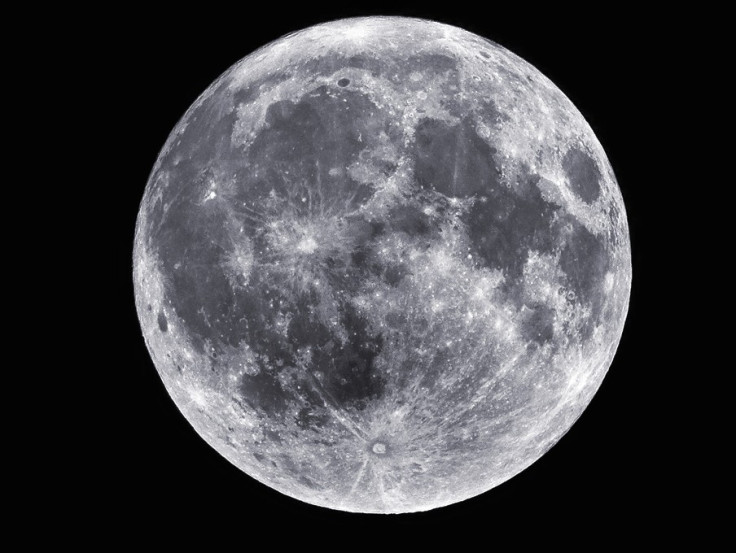The moon has no water, say scientists who analysed lunar rock brought back by Apollo 16 astronauts
A moon rock brought back in 1972 has been reanalysed by scientists, revealing that our satellite has no water.

New evidence from a lunar rock suggests that there may actually be no water on our moon. Scientists who recently reanalysed a moon rock, which was brought to Earth in 1972 by Apollo 16 astronauts, say that the rock's composition reveals that the moon contains no water.
Known as "Rusty Rock," the lunar rock sample was collected by Apollo 16 astronauts from a lunar crater at the base of the Stone Mountain and was reanalysed recently by a team of geochemists, led by James Day from the University of California San Diego.
"It's been a big question whether the moon is wet or dry. It might seem like a trivial thing, but this is actually quite important," Day said. "If the moon is dry — like we've thought for about the last 45 years, since the Apollo missions — it would be consistent with the formation of the Moon in some sort of cataclysmic impact event that formed it."
Day's comments refer to a popular theory that the moon was formed when the Earth, in its very early formative years, got hit by a massive asteroid and a chunk of our planet separated and formed our satellite. The theory suggests that the broken off chunk of young Earth combined with the hit from the asteroid, would have formed a hot ball of magma, rich in the most volatile elements such as chlorine, zinc, potassium — and also water, only to be later depleted.
However, previous analysis of moon rocks revealed some contained volatile elements, while others were found to be "dry".
"The origin of these volatiles, however, remains enigmatic," the scientists wrote in their study, which was published in Nature Geoscience.
"I think the Rusty Rock was seen for a long time as kind of this weird curiosity, but in reality, it's telling us something very important about the interior of the moon," Day said. The researchers analysis revealed that the moon rock contains lighter isotopes of zinc, which is consistent with the theory that the element evaporated and condensed during the moon's early boiling hot magma phase.
Although the researchers don't entirely contradict previous findings of the moon containing water, it highlights that there is still a lot of mystery surrounding how the water was formed.
"Their study says that all of the glass bead deposits on the lunar surface are 'wet,' which is a great observation," Day said, referring to a recent study by researchers who also analysed lunar rocks to say that the moon may be wetter than we previously knew. "However, they cannot elucidate the mechanism of their formation."
In the new study, along with reanalysing Rusty, the researchers also studied some of the moon's volcanic beads. The scientists suggested that if the beads were made wetter through condensation, it would boost the theory that the moon's inner composition is actually crusty and dry.
However, scientists say that a lot more research needs to be done to determine the moon's wetness. The presence of water on the moon can determine the course of future manned and mining missions. Figuring out how wet or dry our satellite is can also provide important insights on the formation of the moon and help us better understand how the solar system was birthed.
© Copyright IBTimes 2025. All rights reserved.






















